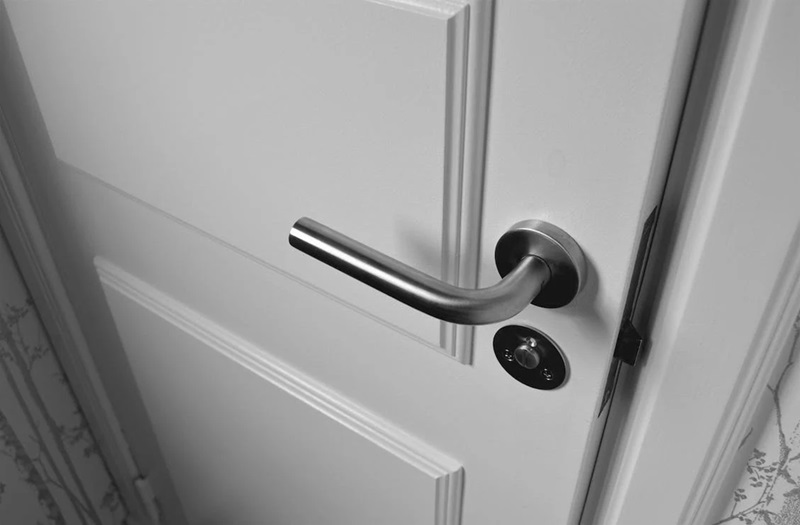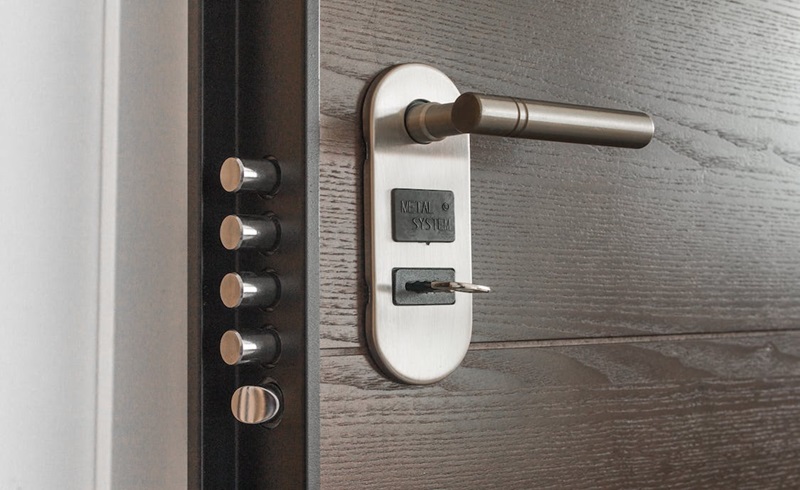How to Install Security System: 5 Tips You Must Know

Security systems have become more accessible and user-friendly, allowing homeowners and business owners to take charge of their security measures. The benefits of installing a security system are numerous: deterring crime, monitoring for emergencies, and even lowering insurance costs. But how do you start? And what should you be aware of during the installation process?
DIY Security System Installation
For those considering a DIY security system installation, weighing the costs and benefits is essential. While professional installation can be more expensive, doing it yourself can be cost-effective and provide a deep understanding of your system’s workings. However, it’s not without challenges. Let’s dive into the essential tips you need to know.
1. Understand Your Needs
The foundation of installing a security system lies in understanding what you need. This involves deciding on the areas of your property that require surveillance. Will you focus on key entry points, or do you need an all-encompassing view of your property? The types of cameras – indoor, outdoor, or both – also play a pivotal role in your decision-making process. Outdoor cameras should be durable and weather-resistant, while indoor cameras might offer additional features like two-way audio. Also, consider the number of doors and windows that need securing. Each entry point may require individual sensors. Finally, consider the overall level of security you wish to achieve, whether it’s basic surveillance or a more advanced system with additional features like motion sensors and alarms.
2. Choose the Right System
With the wide range of security systems available today, selecting the appropriate one requires careful consideration. Focus on systems that offer key features like remote access, allowing you to monitor your property from any location, motion detection for proactive security alerts, and night vision for clear imagery in low-light conditions. Also, think about how the system will fit into your smart home ecosystem. Does it integrate well with other smart devices you may already have? Another critical factor is the ease of use – a system that is too complex might be underutilized. Review reviews and seek expert opinions to make an informed decision.
3. Plan the Layout
Effective planning of your security system layout is more than just placing cameras and sensors. It’s a strategic exercise to cover all possible vulnerabilities in your property. Start by identifying areas most susceptible to intrusion, such as entry points, large windows, garages, and potential second-story access points. Ensuring a clear line of sight in these areas minimizes blind spots.
The height and angle of camera installations demand careful consideration. Cameras should be positioned to provide a broad view while capturing identifying details. Avoid placing cameras too high, where details might be lost, or too low, where they can be easily tampered with. Also, adjust angles to prevent backlighting issues and ensure clarity in the footage.
Sensor placement is equally vital. Beyond doors and windows, consider the most likely paths an intruder might take once inside. Glass break sensors and motion detectors are most effective when placed in areas where they can quickly detect unauthorized entry or movement.
4. Follow Installation Guidelines
Proper installation is key to the functionality of your security system. Familiarize yourself with the installation manual in detail. This includes understanding the necessary tools for the job. If the installation requires specific tools or techniques, ensure you’re prepared before you begin.
The step-by-step installation process outlined in the manual is your roadmap. Follow it closely to avoid common mistakes. Pay particular attention to any safety warnings or specific instructions regarding handling electronic components.
If you need more confidence about a step in the installation process, feel free to seek help. Customer support lines, online forums, and tutorial videos can be invaluable resources. Remember, correctly following the installation guidelines not only simplifies the process but also ensures the longevity and effectiveness of your security system.
5. Test Your System
After the installation, the testing phase is crucial. Begin by checking each sensor and camera individually to ensure they function as intended. Verify that the angles and positions of cameras provide the desired coverage. For sensors, test their responsiveness to different scenarios, like door or window openings.
If your system is connected to a monitoring service, confirm that the connection is active and that alerts are communicated correctly. This includes testing the system’s ability to send alerts to your phone or control panel.
Pay attention to the importance of a comprehensive system check. Test different modes of operation if your system has them, like at home, away, or night modes. Each mode should function as expected, activating the appropriate sensors and cameras.
A thoroughly tested system ensures that your property is being monitored effectively and gives you peace of mind. Take the time to test and retest, making adjustments as necessary. This way, you can rely on your security system to function optimally when it matters most.
Conclusion

Installing a security system can be a rewarding project that enhances your home’s safety and peace of mind. You can ensure a successful installation by understanding your needs, choosing the right system, planning your layout, following installation guidelines, and thoroughly testing the system. Remember, the goal is to install a security system and create a safer environment for you and your loved ones. With these tips, you’re well on achieving that goal.